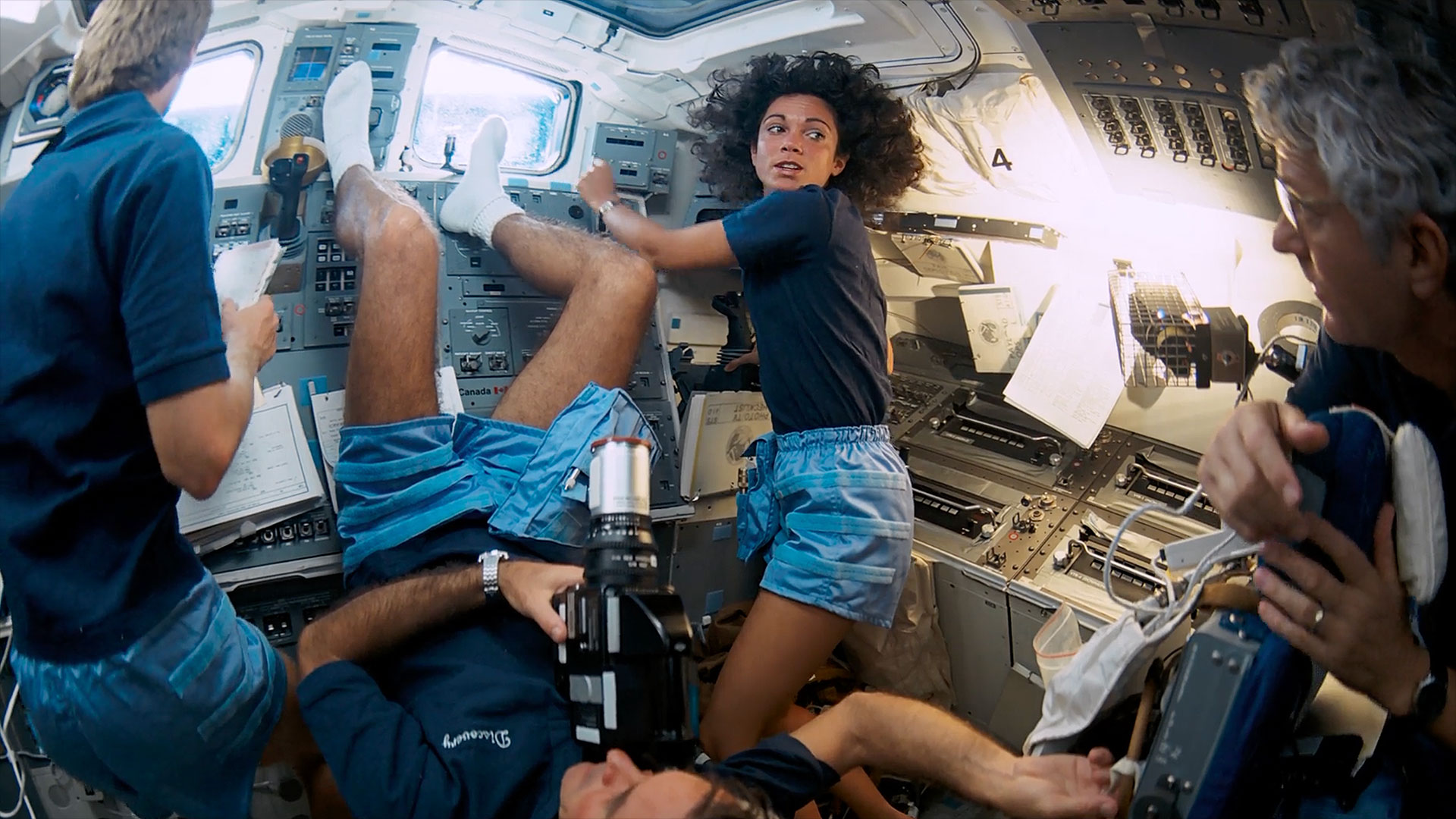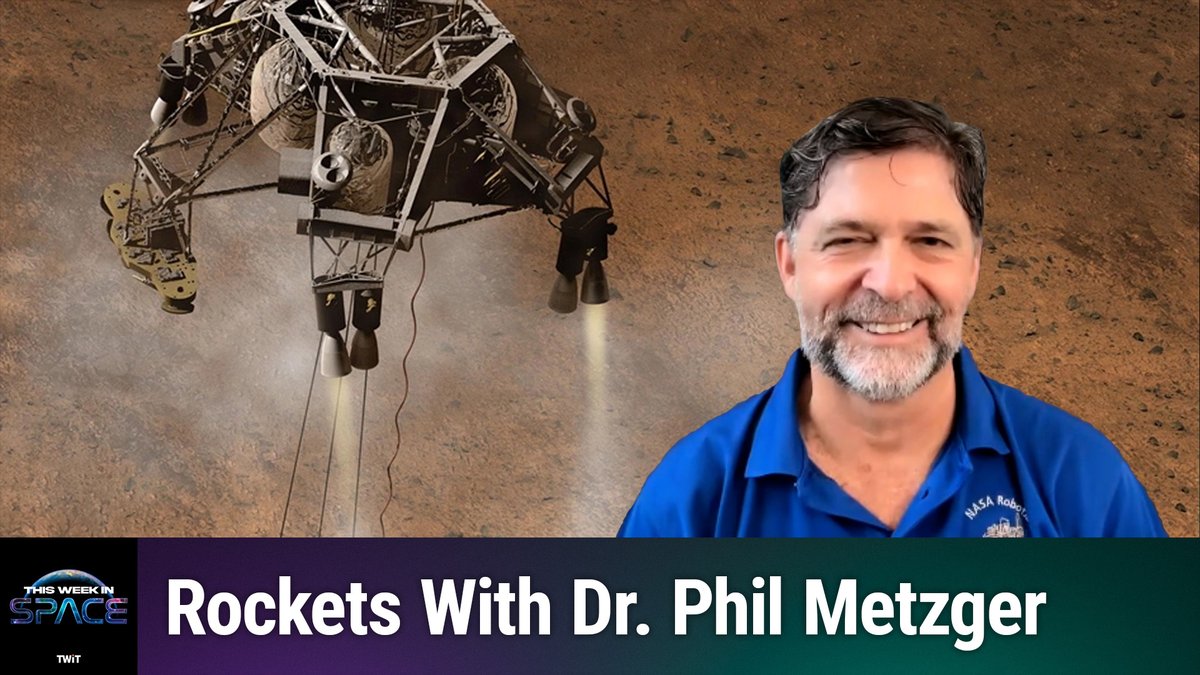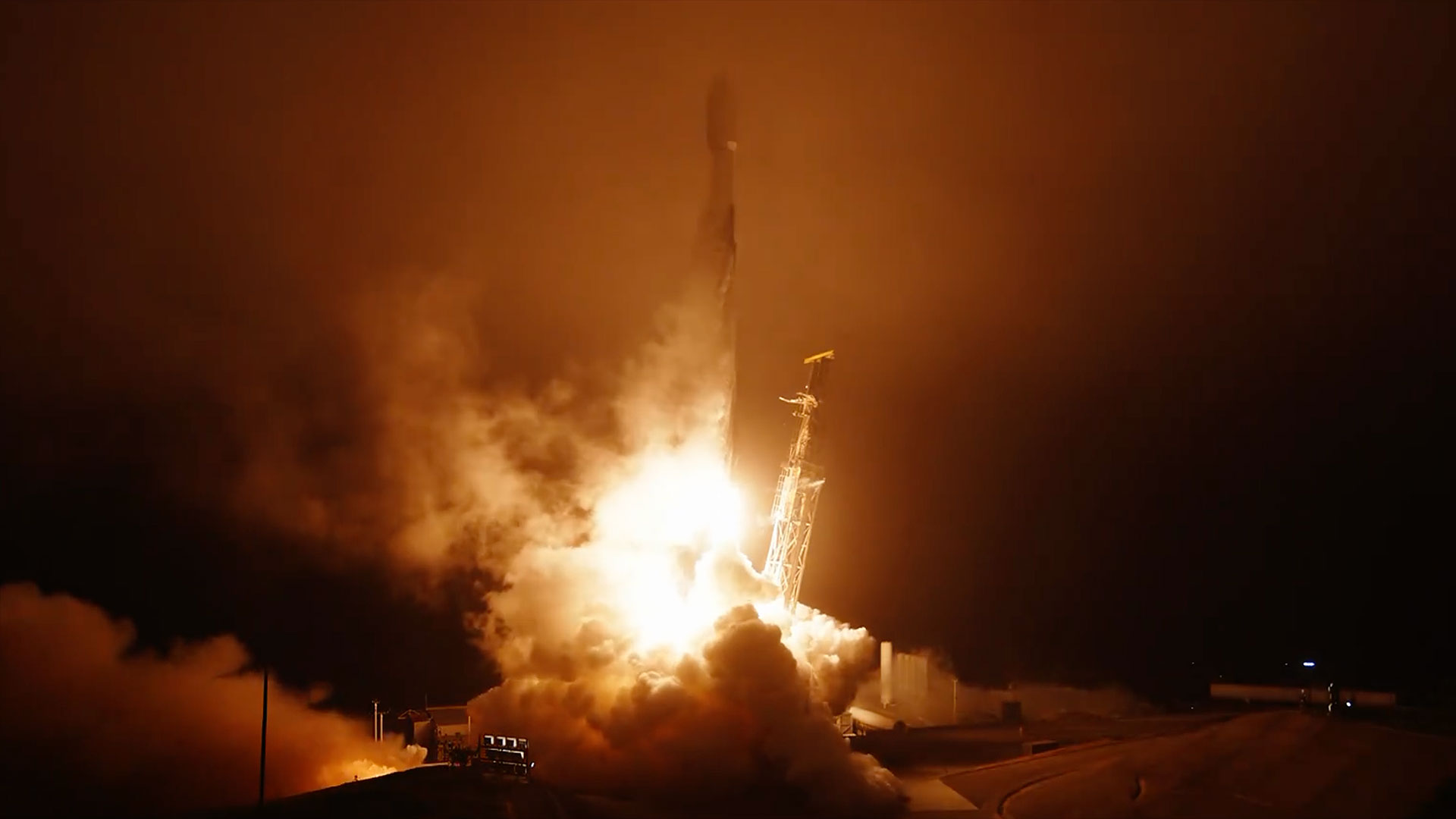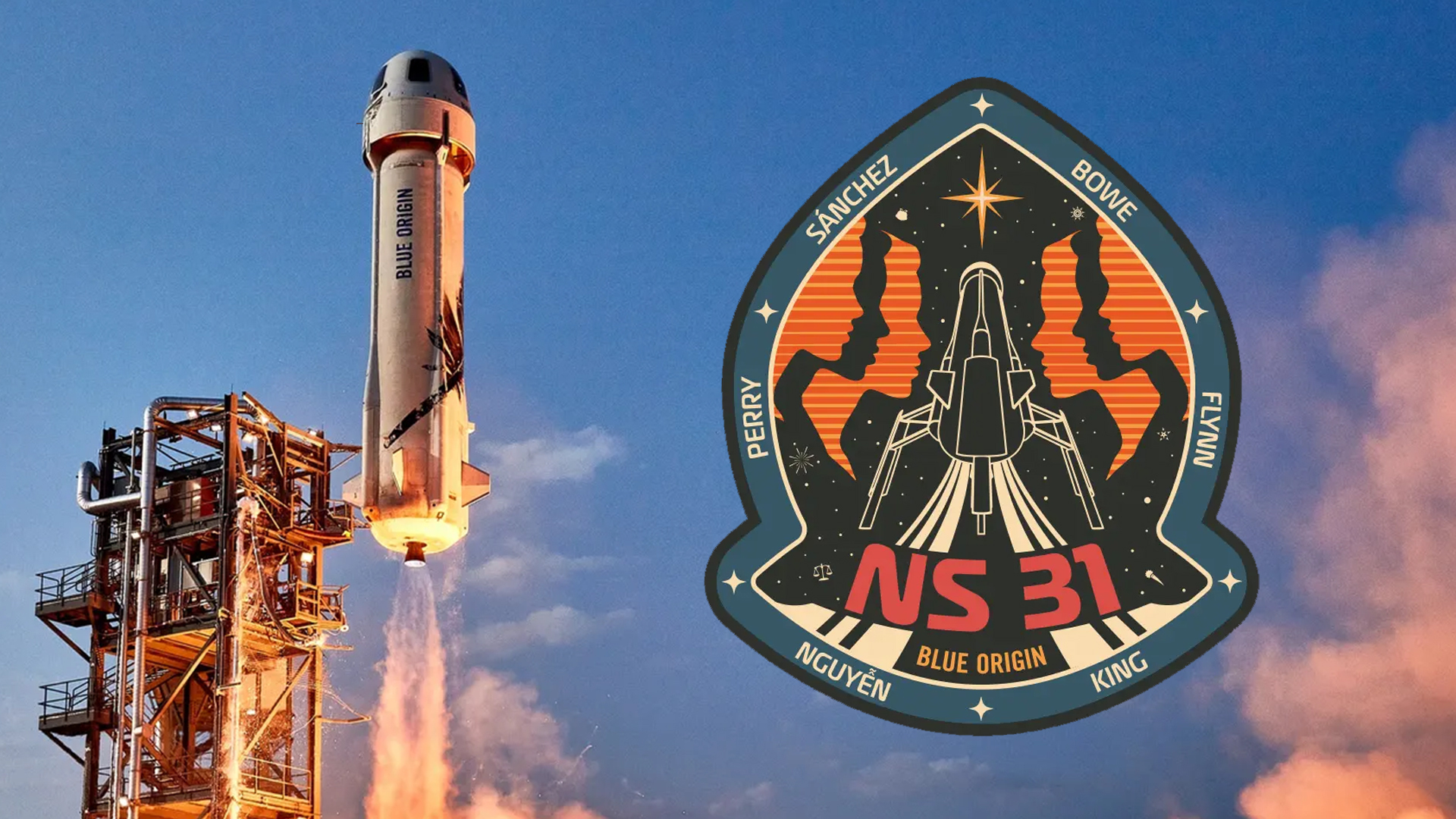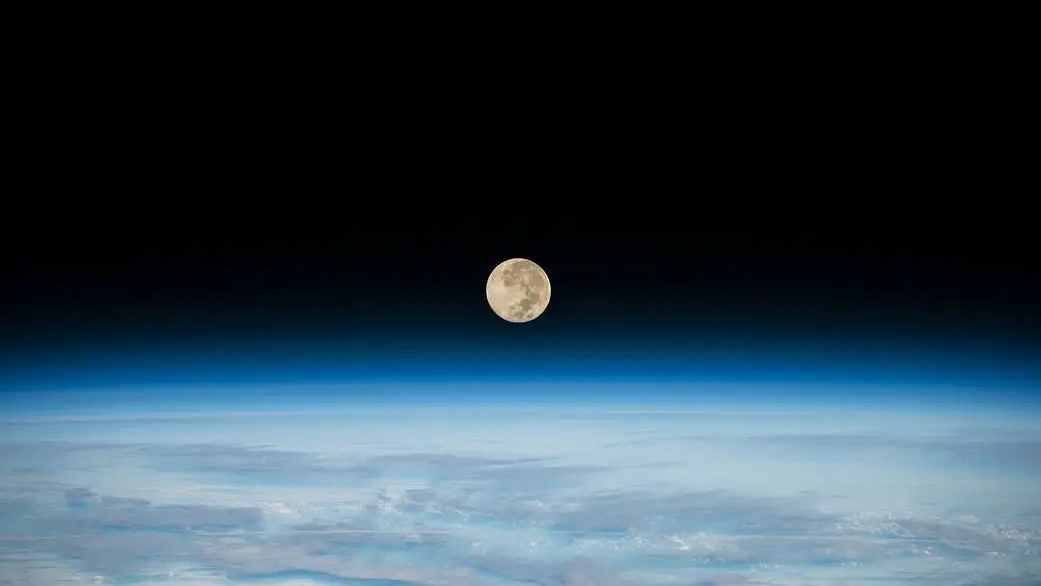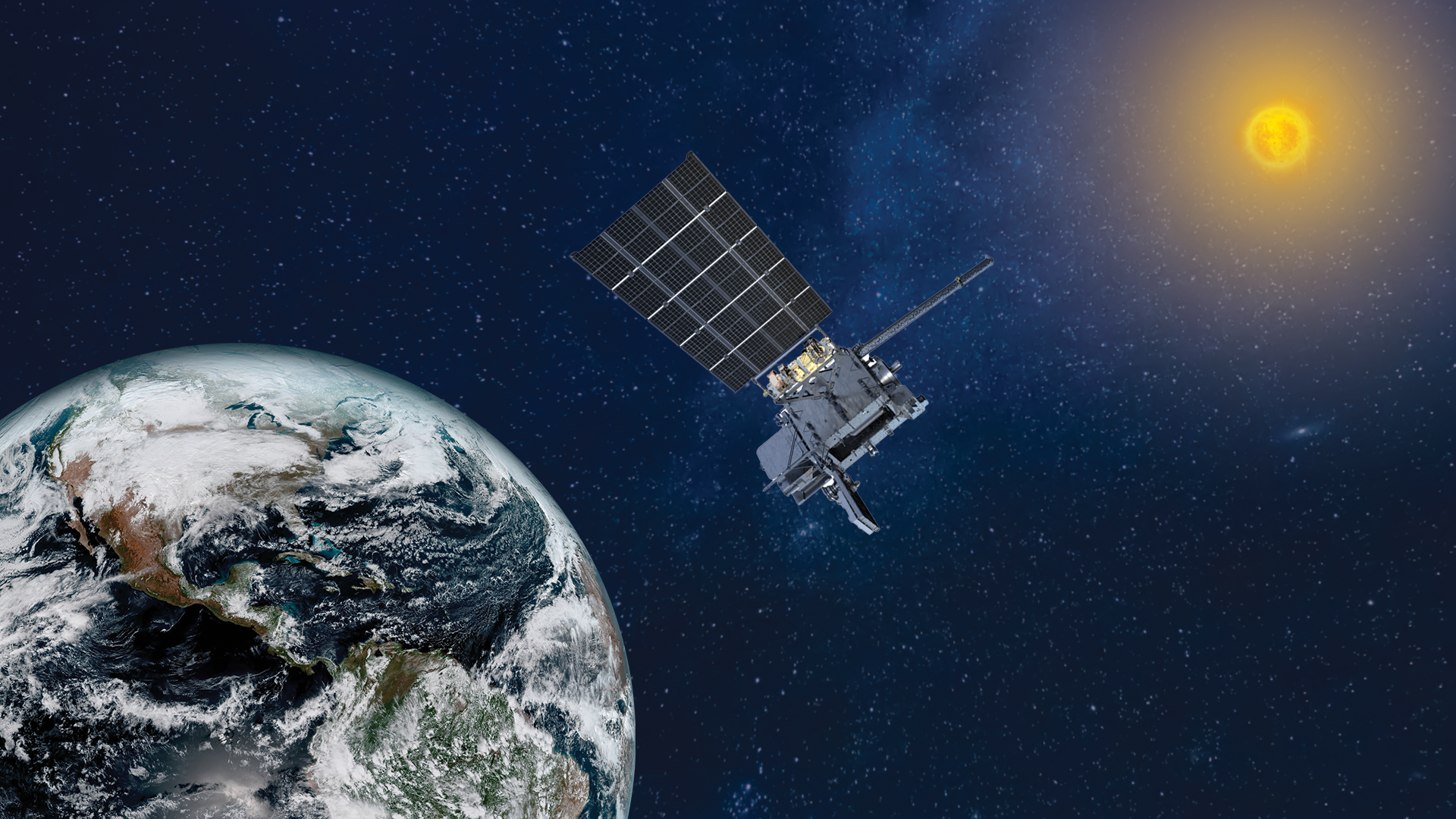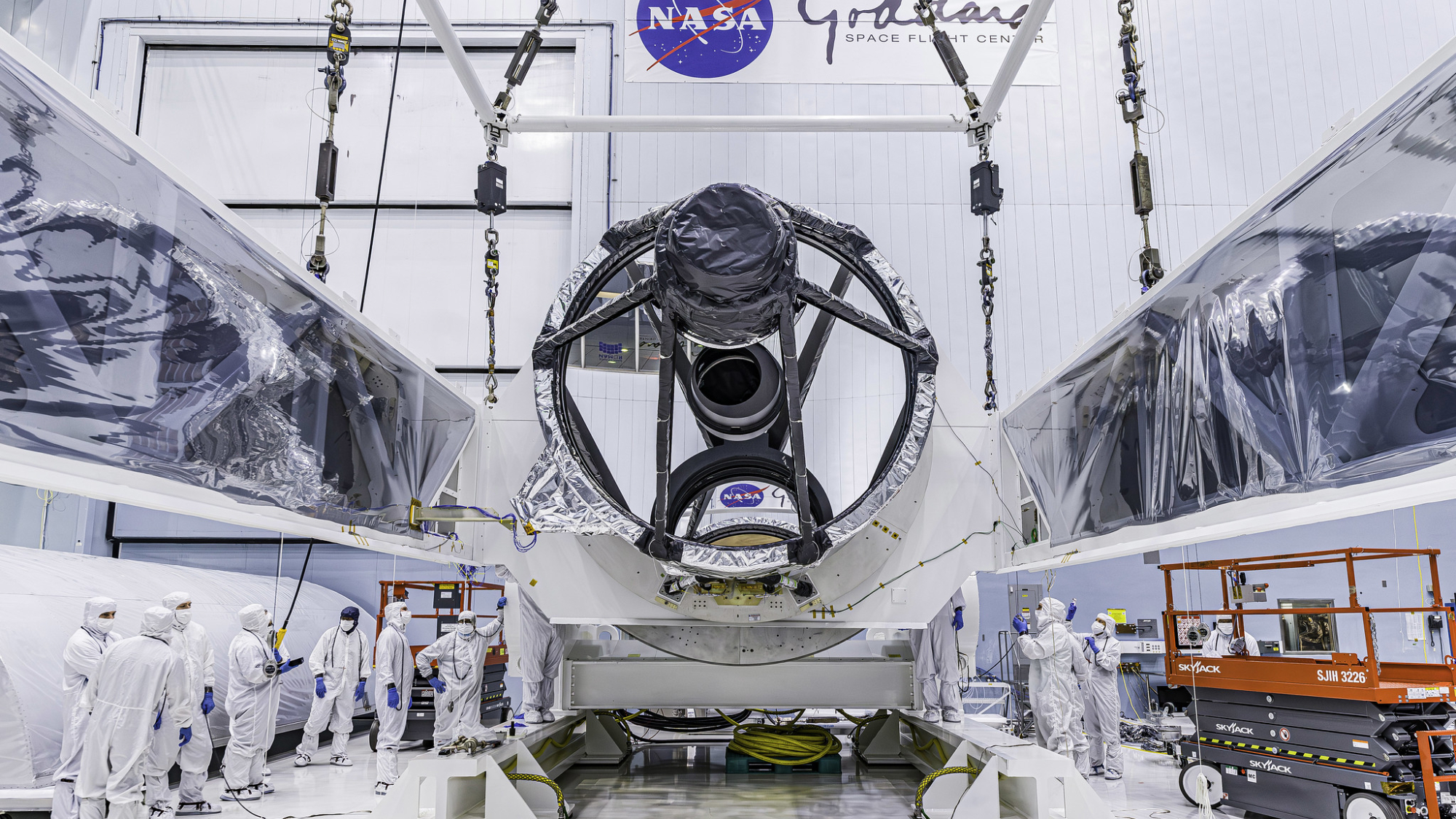'Sailing' satellites of the future could provide early warning of dangerous space weather
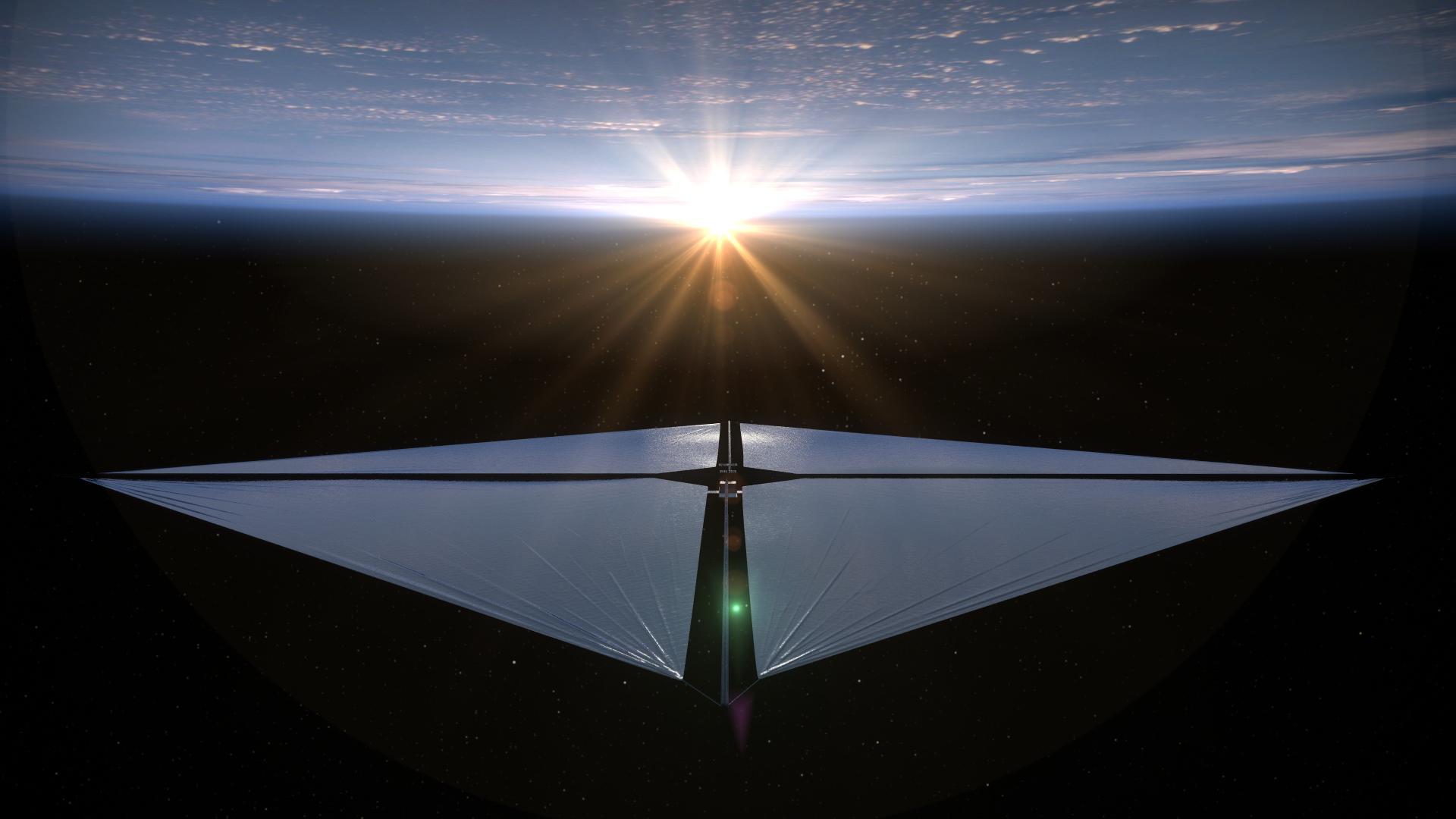
NEW ORLEANS — Solar sails that allow satellites to glide on the light from the sun could soon become a reality.
The technology would allow scientists to provide earlier warnings of space weather events such as geomagnetic storms, which have the potential to disrupt technological systems on Earth.
"A lot of us have experienced sailing; it's exactly like that," Irfan Azeem, division chief of the Research to Operations and Project Planning Division at National Oceanic and Atmospheric Administration's (NOAA) Office of Space Weather Observations, told Space.com in an interview here at the American Meteorological Society's (AMS) annual meeting in January. "Now, instead of using the air, we're actually using the photons, the light that is emitted by the sun, to sail our satellites."
"This is a very novel technology," he added. "We have traditionally relied on propulsion to take satellites from one place to another, and solar sail is providing a new way of traveling in space in a very cost-effective manner."
Related: Solar-sailing probes may soon get their moment in the sun
NOAA's Office of Space Weather Observations oversees the agency's operational satellite systems in space, which provide crucial data from observing points between Earth and the sun. The information collected from the wide variety of instruments aboard the satellites goes into the production of space weather forecasts. The data helps space weather forecasters issue watches and warnings if a solar flare has the potential to affect Earth, other space technology or astronauts.
Sailing ahead
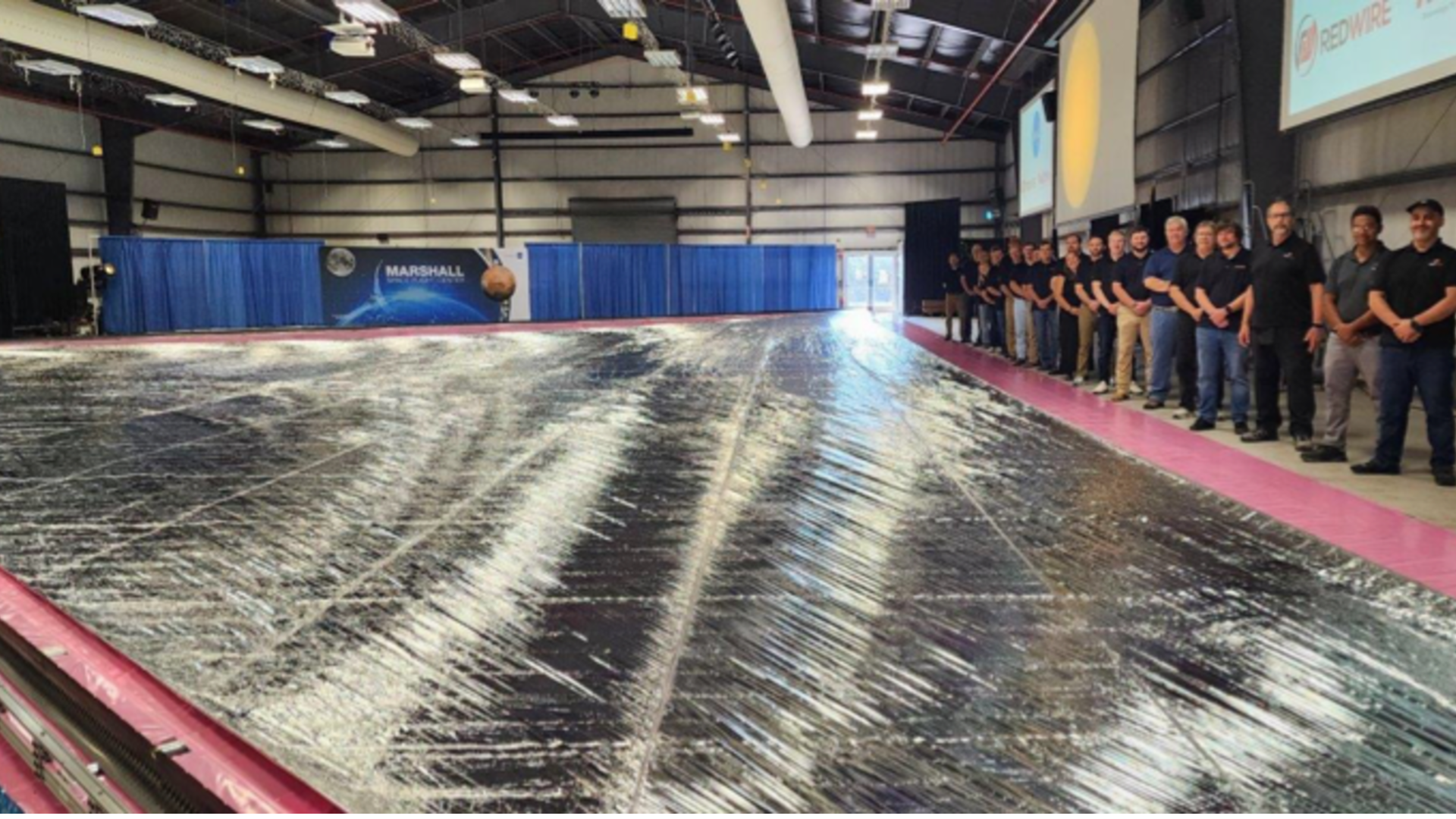
Some of the current space missions that provide measurements of what's happening on the sun include NASA's Advanced Composition Explorer and NOAA's Deep Space Climate Observatory, which monitor the solar wind. Unlike the breeze that blows here on Earth, this wind is made up of electrons and protons from the sun's corona. It's important to keep an eye on the solar wind, because when it comes into contact with our planet, it can interact with Earth's magnetic field, creating auroras near the polar regions and, if strong enough, geomagnetic storms.
Get the Space.com Newsletter
Breaking space news, the latest updates on rocket launches, skywatching events and more!
Although storm alerts are issued before this happens, there's still a need for a longer lead time if there's a chance of impacts to different types of technological systems, including power grids, GPS, farming and air traffic. Through NOAA's Space Weather Next program, scientists continue to work on how future satellite missions will assist in providing more advance notice of geomagnetic storms. That means they need to find ways to get information shortly after solar flares, with measurements closer to the sun.
That's where the solar sails come in.
"A solar sail enables us to go beyond the Lagrange One Point (L1), which is the current state-of-the-art location with more efficiency," Azeem said. "Right now, L1 provides a semistable orbit for getting persistent and unobstructed views of the sun. But if you want to go further up, you have to utilize chemical rockets. Solar sails provide us a cost-effective way to go upstream of that L1 point."
L1 is a location between the sun and Earth roughly 932,000 miles (1.5 million kilometers) from our planet. In this location, spacecraft can be in a stationary spot to take observations of the sun's activity. But the closer researchers can get satellites to the sun, the quicker they will be able to get data as it comes in before, during and after space weather events.
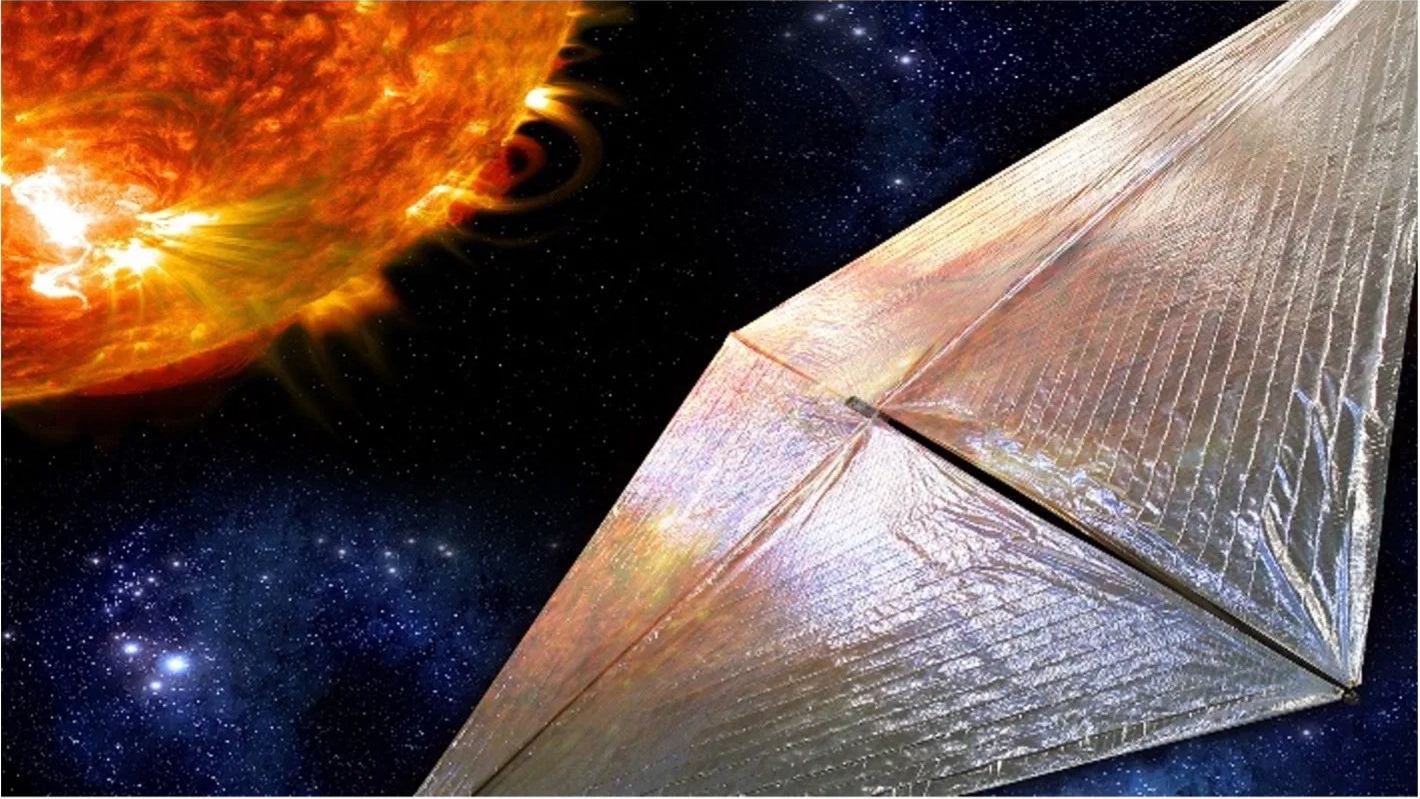
By using solar sails, spacecraft can navigate further upstream of the solar wind, which, in turn, can increase lead times for alerts by 50%, Azeem explained. This would also be in a different location than the one that's been used for the past 45 years.
At the AMS' annual meeting, NOAA shared updates on the progress of this project. Construction is underway for a full-scale version of NOAA's solar sail, which is part of the Solar Cruiser project in collaboration with NASA. Once deployed, the sail will encompass 17,793 square feet (1,653 square meters).
In addition to having a spacecraft in the center with spools and a sail deployment system, it will include four sails, which are being built in individual quadrants, with all of them scheduled to be finished in February 2026. If everything stays on track, NOAA hopes to have a rideshare launch available in 2029.
"I'm most excited about the sheer complexity bringing different disciplines together," Azeem said. "To see the new advances in the material science and other disciplines, how that is helping us in the space weather community to make the advances that we need, I think that's really exciting."
Join our Space Forums to keep talking space on the latest missions, night sky and more! And if you have a news tip, correction or comment, let us know at: community@space.com.

Meredith is a regional Murrow award-winning Certified Broadcast Meteorologist and science/space correspondent. She most recently was a Freelance Meteorologist for NY 1 in New York City & the 19 First Alert Weather Team in Cleveland. A self-described "Rocket Girl," Meredith's personal and professional work has drawn recognition over the last decade, including the inaugural Valparaiso University Alumni Association First Decade Achievement Award, two special reports in News 12's Climate Special "Saving Our Shores" that won a Regional Edward R. Murrow Award, multiple Fair Media Council Folio & Press Club of Long Island awards for meteorology & reporting, and a Long Island Business News & NYC TV Week "40 Under 40" Award.
